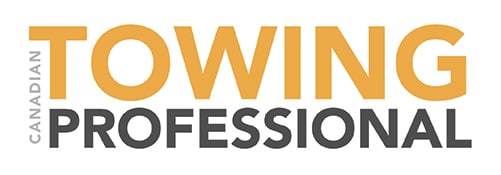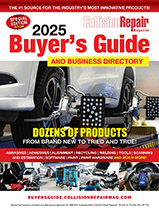This intern sat in the worst U.S. traffic jams to enhance Nissan’s ProPILOT Assist system
NASHVILLE, Tenn.–(BUSINESS WIRE)–Tyler Szymkowski would check his smartphone traffic app every day during his engineering internship at Nissan back in 2018. When he saw a dark red line indicating the worst traffic gridlock, it was go-time. Szymkowski would race to the jam so he could do his job.
“We would target rush-hour traffic,” said Szymkowski, who is now a human factors and ergonomics engineer at Nissan Technical Center North America in Farmington Hills, Mich. “Each day, I would look to see if it was a ‘good’ traffic day and good for me meant bad traffic for most people.”
Szymkowski was on a team that was tasked with enhancing Nissan’s ProPILOT Assist hands-on driver assist system, first introduced in the U.S. on the 2018 Nissan Rogue. This original system combines Nissan’s Intelligent Cruise Control and Steering Assist technologies. In stop-and-go traffic, the system is capable of bringing the vehicle to a full stop, holding in place for three seconds and resuming forward movement when traffic starts moving again. If more than three seconds pass, the driver needs to tap the accelerator pedal to reengage the system.
“Customers were telling us that three seconds wasn’t long enough,” said Brittany Tessmer, a Nissan senior project engineer in advanced driver-assistance systems. “How long the system could sit and then reengage to make the experience more seamless was something we needed to pinpoint. If three seconds isn’t long enough, then what is?”
Tessmer’s team sent Szymkowski to the most congested cities in the country to collect data that ultimately supported a new hold time of 30 seconds. Over the course of his internship, Szymkowski sat in 64 standstill traffic jams in Los Angeles, Washington, Detroit, Pittsburgh, Baltimore and San Francisco.
“I got a very realistic taste of what customers experience in major cities,” said Szymkowski. “There were hundreds of additional hours spent basically waiting for a traffic jam. I will say that sitting in traffic is a lot more tolerable when you’re intentionally getting something out of it. And it was really cool that Nissan was letting an intern have an impact on a new emerging technology.”
Customer feedback drove three major improvements on the enhanced ProPILOT Assist with Navi-link system, which is now available on the all-new 2021 Nissan Rogue and all-new 2022 Pathfinder. The system now syncs with the car’s navigation to better predict the freeway ahead. With this, one improvement is that the system can reduce the vehicle’s speed for tight freeway curves and off-ramps allowing for a more intuitive and enjoyable drive. The connection to the vehicle’s navigation also gives drivers the option to quickly adjust their speed to the posted speed limit based on traffic sign recognition technology. And thanks in part to Szymkowski’s research, a third improvement is that on freeways, drivers now have up to 30 seconds before having to press the resume function button or tap the accelerator during standstill traffic.
The months of traffic-sitting for research also fast-tracked Szymkowski’s career. After graduating with an engineering degree from Grand Valley State University in Michigan, and completing three intern rotations, he was hired as a full-time Nissan engineer. He now works on human machine interface (HMI) topics with a special focus on how the ProPILOT Assist system enhances the customer’s connection with their vehicle.
“That internship was absolutely critical because it gave me visibility and experience with ProPILOT Assist, which still helps me do my job today,” Szymkowski said. “One of the most exciting things about my current role is that I still have an impact on how advanced technologies best benefit our customers.”
Contacts
Jeannie Whited
jeannie.whited@nissan-usa.com






















